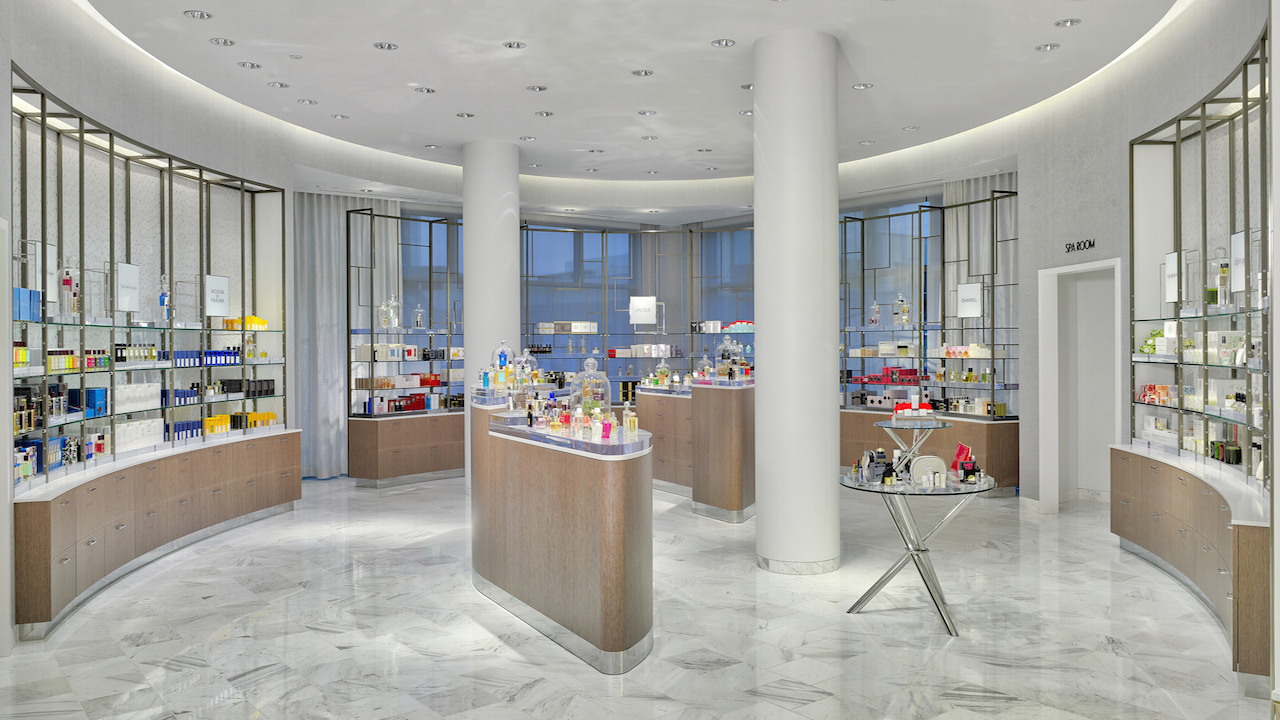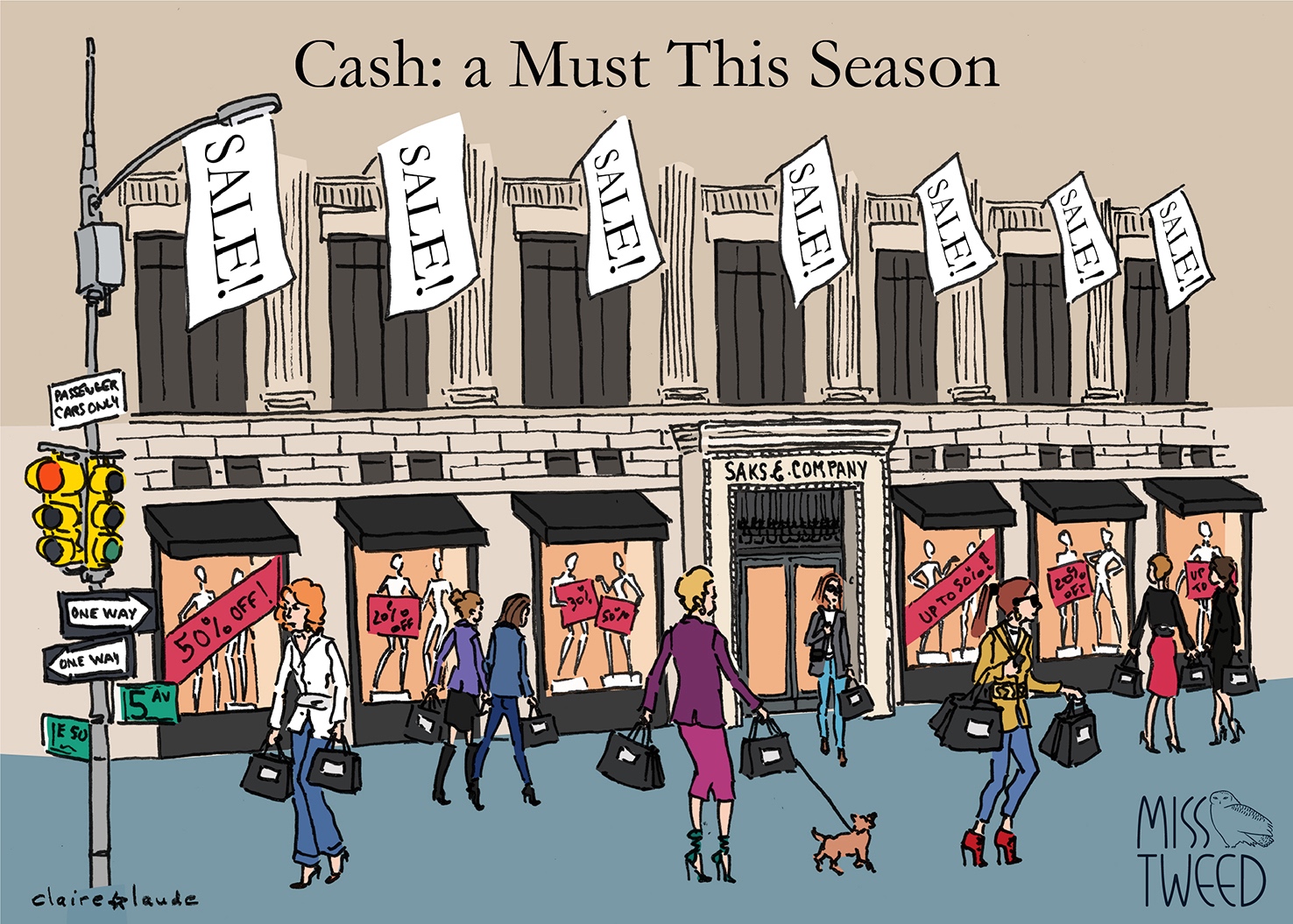Impact on the Luxury Retail Landscape
Saks buys neiman marcus – The acquisition of Neiman Marcus by Saks has had a significant impact on the luxury retail industry. The merger has created a formidable player with a wider reach and increased market share, altering the competitive dynamics and potentially reshaping the luxury goods market.
In a move that sent ripples through the retail industry, Saks Fifth Avenue has acquired its long-time rival Neiman Marcus. The merger has created a formidable luxury powerhouse with a combined footprint of over 400 stores. However, amidst the buzz surrounding this acquisition, news of Massachusetts beaches being closed due to a harmful algal bloom massachusetts beaches closed has dampened the summer spirits of many.
Nevertheless, Saks and Neiman Marcus remain optimistic about their future, aiming to capitalize on the growing demand for luxury goods and experiences.
Competitive Dynamics
- The merger has intensified competition in the luxury retail sector, as Saks and Neiman Marcus were previously two of the largest players in the market.
- The combined entity now has a larger market share, giving it more bargaining power with suppliers and potentially allowing it to offer more competitive prices to customers.
- Other luxury retailers, such as Nordstrom and Bergdorf Goodman, may face increased pressure to compete with the newly merged Saks Neiman Marcus.
Market Share Distribution
- Saks and Neiman Marcus had a combined market share of approximately 15% before the merger. This share is expected to increase post-merger, giving the combined entity a significant advantage over its competitors.
- The merger has also led to a consolidation of the luxury retail market, as two major players have now become one.
- This consolidation could potentially lead to higher prices for luxury goods, as the combined entity may have more pricing power.
Implications for Other Luxury Retailers
- Other luxury retailers may need to adapt their strategies to compete with the newly merged Saks Neiman Marcus.
- They may need to focus on differentiating themselves through unique offerings, such as exclusive products or personalized services.
- Smaller luxury retailers may face challenges in competing with the larger, more established Saks Neiman Marcus.
Implications for the Luxury Goods Market
- The merger could potentially lead to a more concentrated luxury goods market, with a smaller number of major players.
- This concentration could lead to higher prices for luxury goods, as the combined entity may have more pricing power.
- However, the merger could also lead to increased innovation and competition in the luxury goods market, as the combined entity may have more resources to invest in new products and services.
Strategic Considerations and Integration Challenges

The acquisition of Neiman Marcus by Saks Fifth Avenue was a strategic move driven by several factors. Firstly, it aimed to consolidate the luxury retail market and create a formidable competitor to established players like Nordstrom and Macy’s. By combining their resources and customer bases, Saks and Neiman Marcus sought to enhance their scale, purchasing power, and market share.
Secondly, the merger allowed Saks to expand its geographic footprint and enter new markets. Neiman Marcus had a strong presence in the southern and central United States, while Saks was primarily focused on the Northeast and West Coast. The acquisition enabled Saks to tap into new customer segments and diversify its revenue streams.
However, integrating the two companies’ operations presented several challenges. One key concern was the potential for brand dilution. Saks and Neiman Marcus had distinct brand identities and loyal customer bases. Saks needed to carefully manage the integration process to preserve the unique characteristics of each brand while leveraging their combined strengths.
Another challenge was the integration of customer loyalty programs. Both Saks and Neiman Marcus had established loyalty programs with different benefits and rewards. Saks had to find a way to merge these programs seamlessly and offer a compelling value proposition to customers of both brands.
Supply chain management was also a critical area that required careful integration. Saks and Neiman Marcus had different suppliers, distribution networks, and inventory management systems. Merging these operations efficiently was essential to ensure smooth and cost-effective product delivery to customers.
Customer Experience and Value Proposition: Saks Buys Neiman Marcus

The Saks-Neiman Marcus merger presents significant opportunities to enhance customer experience and refine value propositions. The combined entity can leverage its expanded reach, resources, and expertise to create a more seamless and personalized shopping journey.
By combining the strengths of both brands, the merged entity can offer a wider selection of luxury products, exclusive collaborations, and curated collections. This expanded product portfolio will cater to a broader customer base, meeting the diverse needs and preferences of luxury shoppers.
Cross-Selling and Loyalty Programs
The merger creates opportunities for cross-selling and loyalty programs that can enhance customer engagement and drive repeat purchases. The combined customer base will provide a larger pool for cross-selling initiatives, allowing the entity to offer complementary products and services that meet the evolving needs of customers.
Additionally, the merger presents the opportunity to integrate and enhance loyalty programs, offering customers exclusive benefits, rewards, and personalized experiences. By leveraging data and insights from both brands, the merged entity can tailor loyalty programs to individual customer preferences, creating a more rewarding and engaging shopping experience.
Personalized Shopping Experiences, Saks buys neiman marcus
The combined entity can leverage its resources and expertise to create personalized shopping experiences that cater to the unique needs of each customer. By combining data from both brands, the merged entity can gain a deeper understanding of customer preferences, shopping habits, and aspirations.
This data can be used to create personalized recommendations, offer tailored styling advice, and provide exclusive access to events and experiences. By creating a more personalized shopping experience, the merged entity can build stronger relationships with customers, increase customer satisfaction, and drive loyalty.
Saks Fifth Avenue’s acquisition of Neiman Marcus marks a significant chapter in the retail industry. This strategic move not only strengthens Saks’ position in the luxury market but also solidifies its presence as a leading destination for discerning shoppers. Saks buying Neiman Marcus creates a formidable retail powerhouse that will continue to elevate the shopping experience for customers seeking unparalleled style and sophistication.